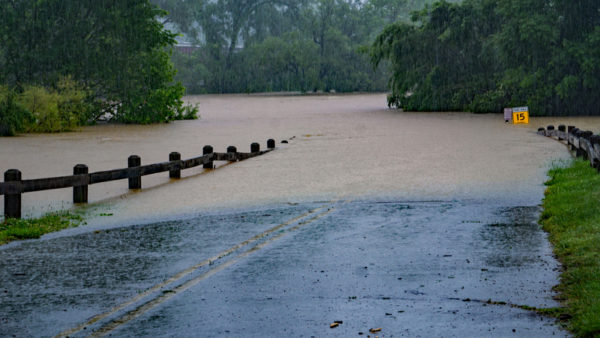A Chinese research institute has developed a nuclear reactor small enough to transport in a shipping crate, with the aim of deploying it on islands in the South China Sea in the next five years.
Just 6.1m long and 2.6m high, it can generate 10MW of electricity, enough to run 50,000 households and provide heat to desalinate seawater, reports The South China Morning Post.
Called the hedianbao, or "portable nuclear battery pack", the "baby" reactor is being developed by the Chinese Academy of Sciences’ Institute of Nuclear Energy Safety Technology.
The design is derived from reactors installed in Soviet nuclear submarines in the 1970s. It uses fast neutrons to minimise waste and molten lead as a coolant, and if it meets its goals, it will be able to produce power continuously for decades without refuelling.
Many fish and marine creatures will not be able to deal with the dramatic change of environment caused by massive desalination and the rise of sea temperatures caused by a nuclear reactor– Ocean University of China
The use of lead increases the safety of the system, as this element does not boil until it reaches a temperature of 1,400°C, well above the operational temperature of the unit.
The unit will undoubtedly prove controversial, because it will increase China’s ability to exert control over the many disputed islands off its southern coast. The research was partially funded by the People’s Liberation Army.
"Part of our funding came from the military, but we hope – and it’s our ultimate goal – that the technology will eventually benefit civilian users," Huang Qunying, a nuclear scientist involved in the research, told the Post.
As well as political concerns, the reactors have also attracted environmental warnings.
A marine environment researcher at the Ocean University of China, who declined to be named, told the newspaper that the discharge of hot, radioactive water into the ocean might alter the ecological system of an entire region around an island.
"Many fish and marine creatures will not be able to deal with the dramatic change of environment caused by massive desalination and the rise of sea temperatures caused by a nuclear reactor," the researcher said.
Image: A lovely spot to put a nuclear reactor: a view of the South China Sea from the Malaysian state of Sarawak (Rod Waddington/Creative Commons)
Further Reading:










